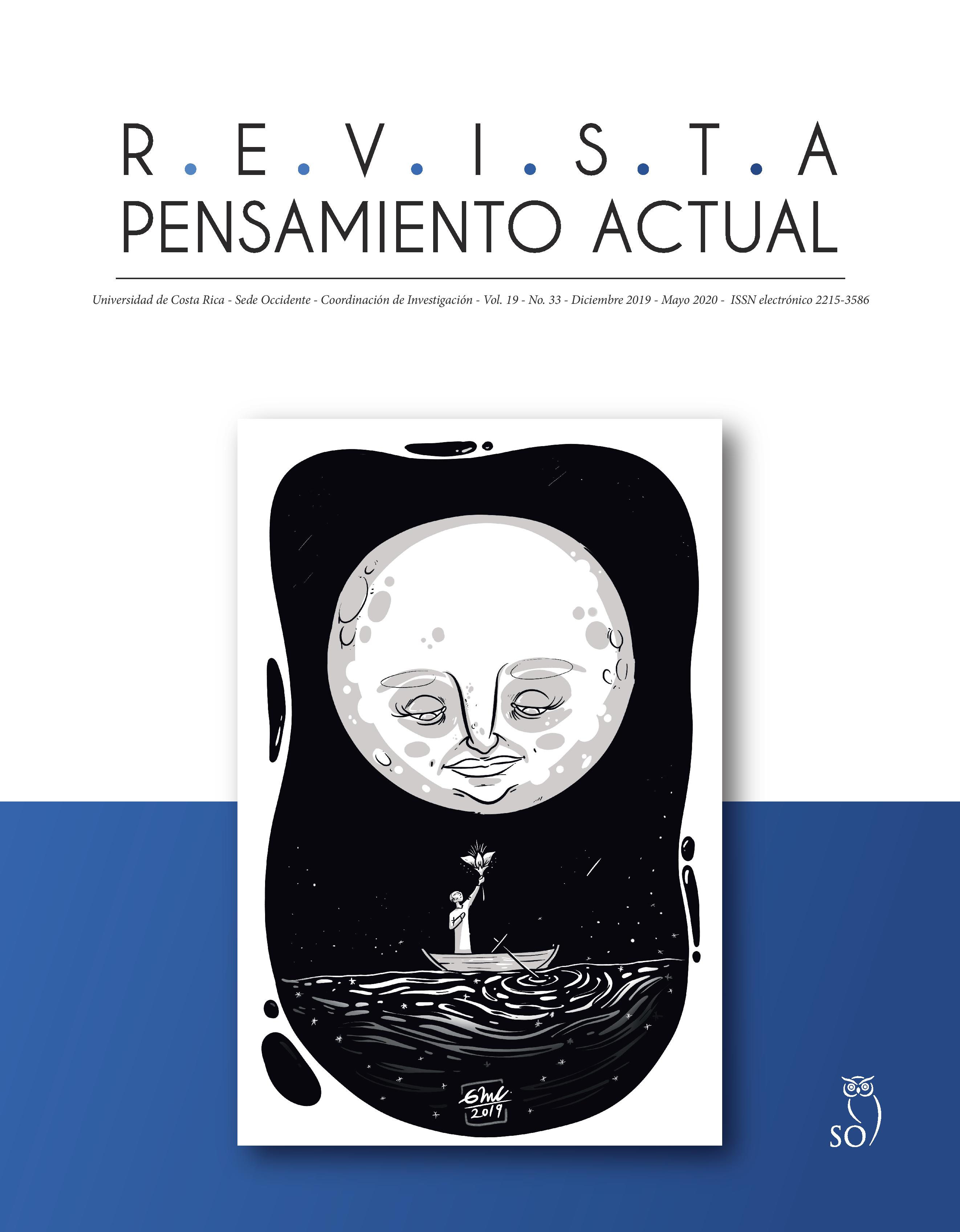Abstract
The paper offers an analysis of the epic hero, as opposed to the mythical hero, in Greek warrior epics (Iliad) and Sanskrit warrior epics (Mahābhārata). The methodological premise that guides the investigation is that the various existing approaches to the hero are too general for their application to epic heroes, particularly to those of the warrior epics. The theorical bases on which the study stands are a combination between the heroic morphology (Bauzá, 2004) and the narrative elements (Mendoza, 1995). The main contribution is a typology of the twelve characteristics of the epic hero in warrior epics.
References
Bauzá, H. (2004). El mito del héroe. Morfología y semántica de la figura heroica. México, D.F., México: Fondo de Cultura Económica.
Dumézil, G. (1977). Mito y Epopeya I. La ideología de las tres funciones en las epopeyas de los pueblos indoeuropeos. Barcelona, España: Seix Barral.
Mendoza, J. (1995). Metodología de la reconstrucción de la religión de los indoeuropeos. Ilu. 0, pp. 129-140.
Miller, D. (2000). The Epic Hero. Maryland, United States: The Johns Hopkins University Press.
Nagy, G. (2013). The Ancient Greek Hero in 24 Hours. Massachusetts, United States: Harvard University Press.
Pabón, J. (1999). Diccionario manual griego-español. Barcelona, España: Vox.
Real Academia Española. (2014). Diccionario de la Lengua Española. Disponible en www.rae.es
Rodríguez Adrados, F. (2012). Préstamo e innovación en la literatura griega: épica, lírica y teatro. Myrtia. 27, pp. 13-28.
Segura, S. (2003). Nuevo diccionario etimológico latín-español y de las voces derivadas. Bilbao, España: Universidad de Deusto.
Watkins, C. (2000). The American Heritage Dictionary of Indo-European Roots. Massachusetts, United States: Houghton Mifflin.
West, M. (2007). Indo-European Poetry and Myth. Oxford, United Kingdom: Oxford University Press.

